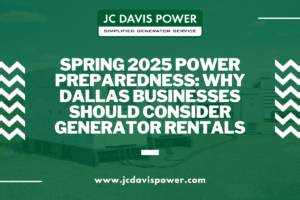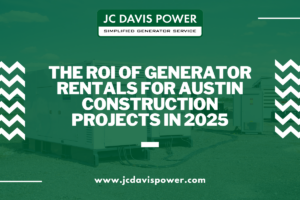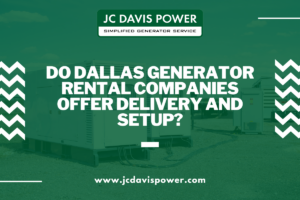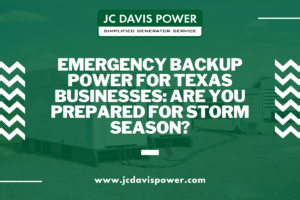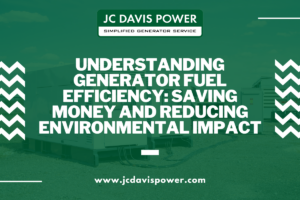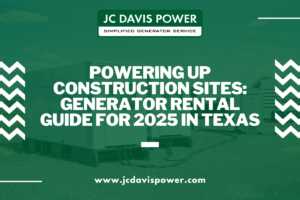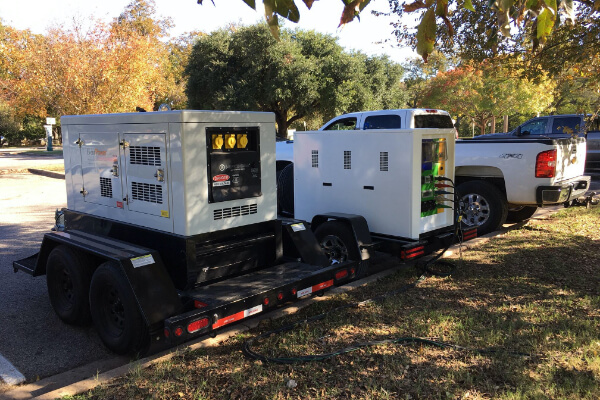
With the global push for reduced emissions and more environmentally-friendly power sources, it’s important that the generator you rent meets current emissions standards. This article will provide key information on emissions regulations, what to look for when renting a generator, questions to ask the rental company, and how to operate the unit in an emissions-compliant manner.
The generator rental market has grown steadily in recent years, valued at $173.5 million in 2022 and expected to expand at a compound annual growth rate (CAGR) of 5.8% from 2023-2031. With increased construction activity and weather-related power outages, many homeowners and businesses rely on portable generators for temporary power.
However, these generators emit pollutants like nitrogen oxides (NOx), volatile organic compounds (VOCs), carbon monoxide (CO), and particulate matter (PM) – which can be harmful to human health and the environment. Thankfully, emissions regulations have become more stringent over the past decade.
This article will provide key steps to ensure any generator you rent meets the latest emissions standards. Doing so reduces air pollution and protects vulnerable groups like children, seniors, and those with respiratory conditions.
Emissions Regulations for Generators
The U.S. Environmental Protection Agency (EPA) is responsible for establishing emissions standards under the Clean Air Act. For portable generators, the most recent emissions regulations are:
- Tier 4 Final Rule – Implemented from 2008-2015, this rule mandates a 90-97% reduction in PM and CO emissions compared to unregulated models. NOx emissions must be reduced by over 90%.
- Small SI (Spark Ignition) Rule – Effective January 1, 2018, this applies to new portable generators under 25 horsepower (HP) and requires they meet the same standards as larger Tier 4 Final units.
These federal emissions regulations are incorporated by reference into state laws across the U.S. Under the Clean Air Act, states must adopt standards at least as strict as federal requirements. Some states like California have more aggressive emissions rules in place.
What To Look For When Renting a Generator
When renting a generator, you want assurance it meets the latest emissions standards for both federal and your state regulations. Here’s what to look for:
- Documentation – The rental company should provide documentation that each generator is certified to current emissions standards. This may be an engine manufacturer’s certificate or a verification from a third-party testing laboratory.
- Engine Labels – Inspect generator units to ensure an emissions compliance label is attached to the engine. It will indicate what tier emissions standards the engine meets.
- Model Year – Ask the rental company about the model year of their generators. Anything manufactured in the past 5-7 years should meet Tier 4 Final or equivalent state standards. Older generators likely don’t comply.
- Right-Sized Generator – Choose the smallest generator adequate for your temporary power needs. Over-sized units operate inefficiently and have higher emissions.
Questions to Ask the Rental Company
When renting a generator, asking the right questions ensures emissions compliance:
- Do you have documentation that your generators meet EPA Tier 4 Final emissions standards?
- Do all your generators have engine labels indicating their emissions tier?
- What is the model year of your generator fleet? Are all units at least 5 years old or newer?
- Do you offer right-sized generators to match specific power requirements?
- For older generators still in the fleet, have they been third-party tested and verified to meet current emissions limits?
Get satisfactory answers confirming up-to-date emissions certifications before moving forward with a generator rental. If not, consider checking alternate rental companies.
Operating the Generator in an Emissions-Compliant Manner
Once you’ve rented an emissions-compliant generator, you must also operate it correctly to keep pollutants within acceptable limits:
- Place outdoors and away from open windows or ventilation intakes.
- Only operate when necessary to conserve fuel and limit run times.
- Ensure proper load sizing and do not overload.
- Use ultra low-sulfur diesel or gasoline as recommended.
- Maintain engine according to manufacturer instructions.
- Never tamper with emissions components like diesel particulate filters (DPF), catalytic converters, or exhaust gas recirculation (EGR) valves.
Following these best practices keeps the generator’s emissions control technology working effectively. Only sound operation preserves your rental company’s emissions certifications.
The Future of Emissions Regulations
While Tier 4 Final generators currently meet the strictest emissions standards, future regulations are on the horizon:
- Tier 5 Standards – As early as 2024, EPA Tier 5 rules may require another 25% reduction in NOx from Tier 4 levels, forcing further emissions control innovations.
- Zero Emissions Rules – California already enforces zero-emissions rules in certain urban areas. More widespread mandates could arrive requiring battery or hydrogen fuel cell generators with no tailpipe emissions at all.
Renting the cleanest generators available prepares businesses and homeowners for these next phases of tightening emissions regulations.
Conclusion
With rising climate concerns, all engine-driven generators must limit their environmental impact while providing essential power during outages. Following the recommendations in this article ensures the portable generator you rent meets current emissions standards and runs cleanly.
Simply verifying compliance documentation, asking the rental company the right questions, and operating the unit properly reduces air pollution – protecting community health now while anticipating more rigorous emissions rules in the future.
As the nation’s leading generator rental provider, JC Davis Power offers Tier 4 Final compliant units to meet even the most stringent emissions regulations. Contact us today for clean, temporary power.
